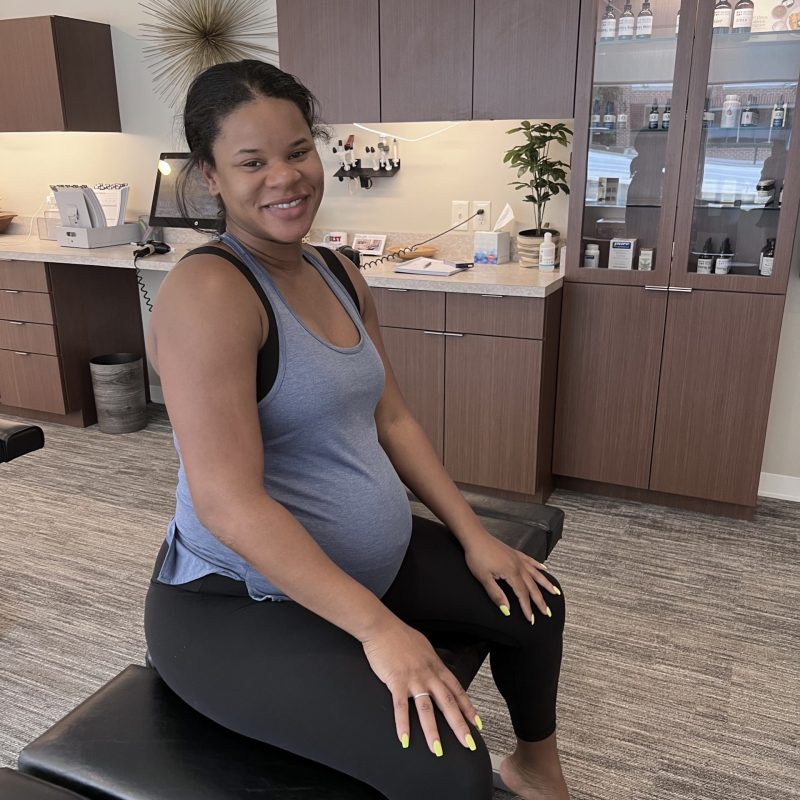Hip Pain Treatment
Home / Chiropractic / Conditions / Hip Pain Treatment
New Chiropractic Patient Special Offer
Take advantage of our exclusive new patient chiropractic special! For just $97 (regularly $285), you’ll receive a thorough consultation, spinal examination, digital x-rays, and a personalized doctor’s report of findings. Don’t miss this opportunity to prioritize your health at an incredible value. Offer excludes personal injury, worker’s comp, functional medicine, and BrainCore therapy. Use code Balance97 on your intake form to redeem this offer!


